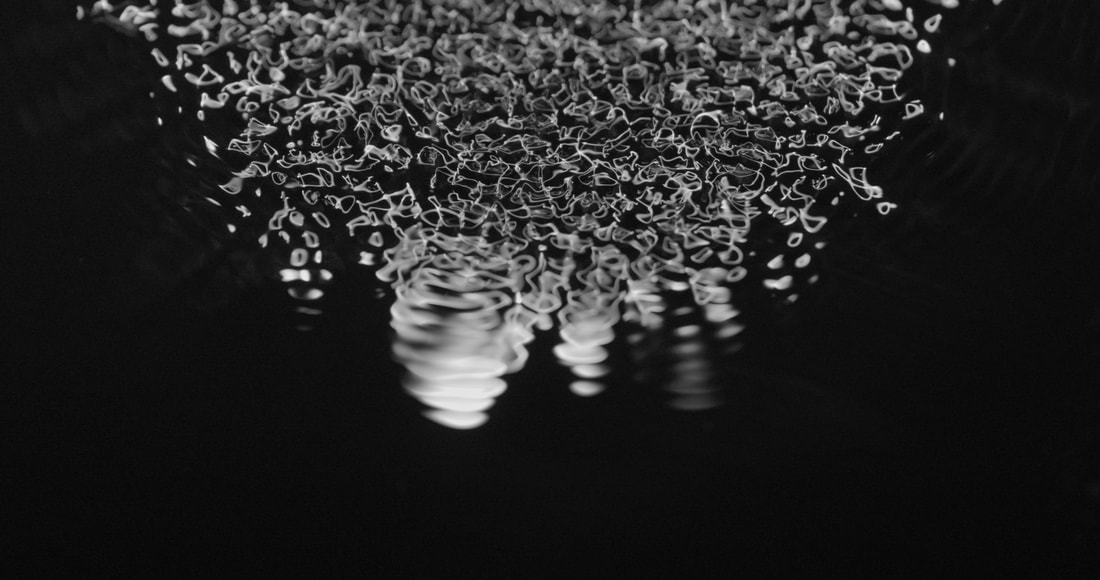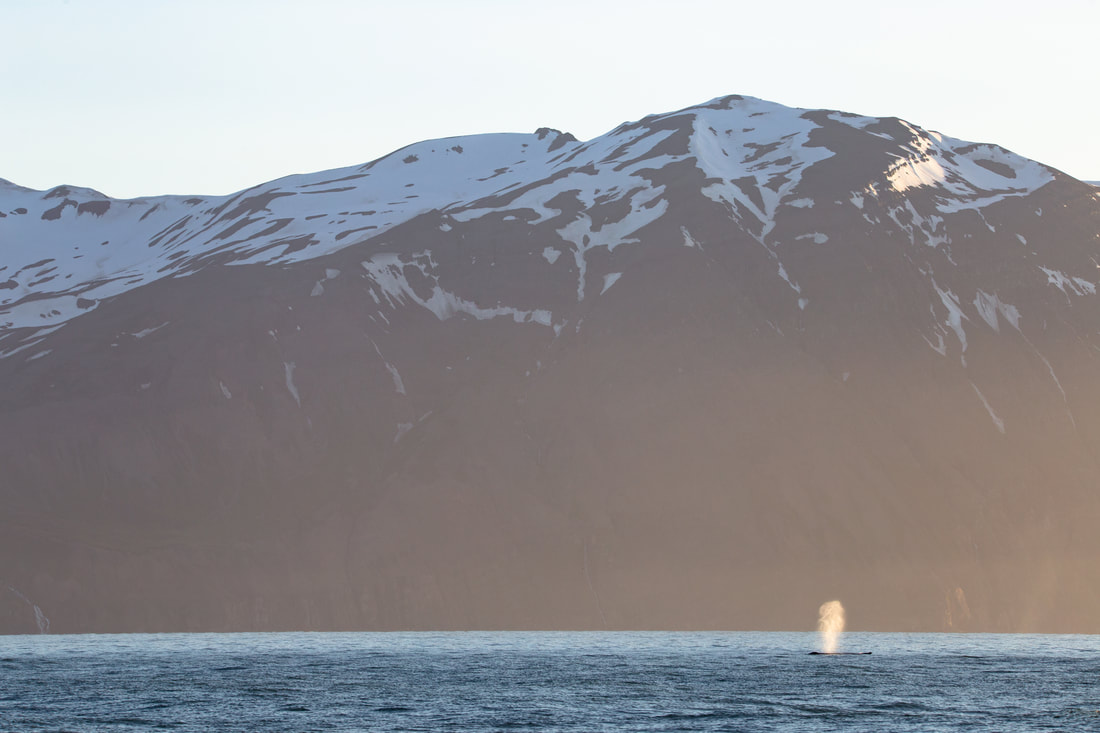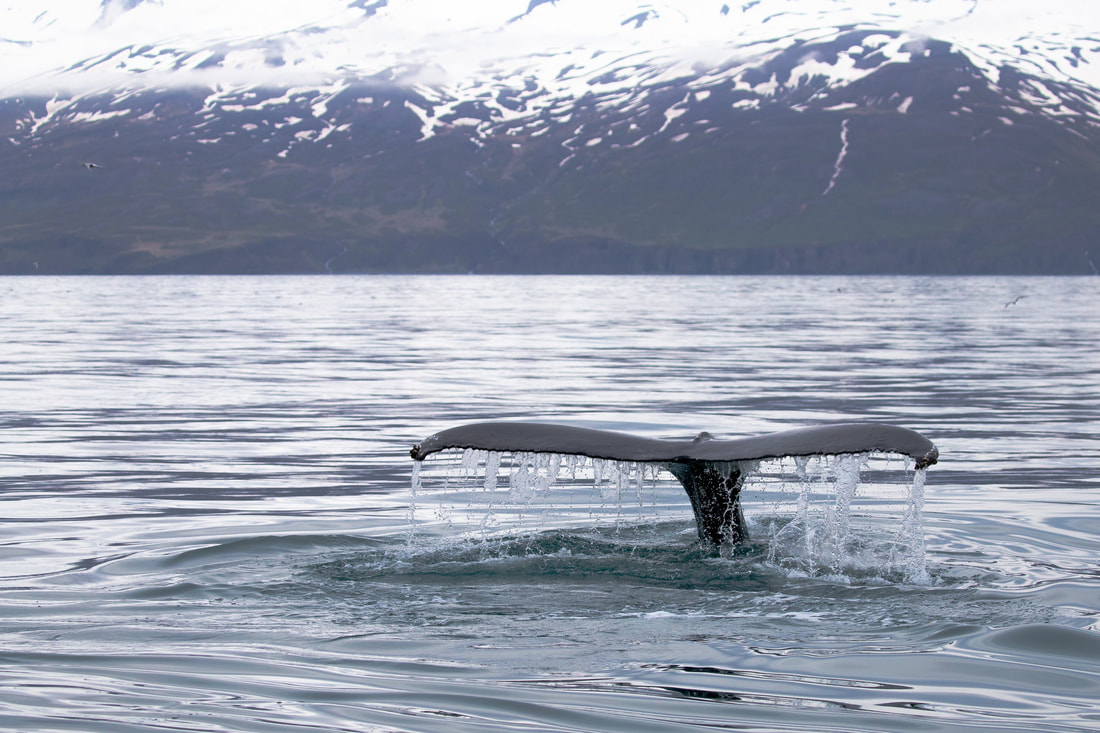|
We reached out to our festival filmmakers to ask them five questions about the experience of making their films.
What inspired this story?
Producer Annie Moir: I studied marine biology at university and for my dissertation I looked at how we could possibly break down humpback acoustics and taking into account behavior and anatomy, look at patterns within their song and form a language. An area I touched on in this study was how noise pollution in the oceans affects their acoustics. I was shocked and felt I must do something. To think there is something that is stopping the most beautiful (to me) natural calls and sounds in nature was baffling. Whenever I spoke about noise pollution to anyone the immediate and consistent response was, “I never even thought about the noise we make and how it could affect them, but it makes total sense” So, to me, it made total sense, to make a film about this issue to try and increase the conversation and hopefully shed some light on a topic which is often ignored. Finally, where plastic pollution often feels like a huge struggle we may never fix, I find noise pollution a much less daunting problem that we as a species face. The fact, as the film touches on, that noise pollution could be gone in 18 hours and with no lasting effects, really empowers me and hopefully the audience into wanted to be active and make a difference now. Were there any surprising or meaningful experiences you want to share? Director of Photography and Aerial Camera Operator Michael Clark: We had nine days in Iceland on the water to shoot this film, and only one day to rent out one of the small rubber dinghies that would allow us to get closer to the whales. Lucky for us, the day we rented the dinghy was the greatest weather window we would have on the trip. After hours of chasing whales, finding a blue whale, and chasing humpback fin slaps and breaches, we were met with one of the sunsets that last for hours due to our proximity to the arctic circle. When the sun started to go down, the sea glassed over, and the whales began coming so close that my zoom lens couldn’t focus, I couldn’t believe our luck. I watched whales dance beneath our tiny boat, repeatedly felt the salty breath of humpbacks on my face, and destroyed a $2k camera to never come back to life. Yet, I could have never imagined the excitement I felt. For the first time in my life, even with having worked with whales quite a bit, I began to understand the titanic reality, grace, and intelligence of cetaceans. I came away from Iceland with the understanding I needed to alter my life path and dedicate myself to wildlife conservation. This day will always be remembered as a turning point for me, and my career. AM: I second everything Michael says here, that was a magical day filming and to see humpbacks lunge-feeding around us, after studying them for so long (AND TO FILM IT), was the best experience of my life! What impact do you hope this film will have? MC: Noise pollution is an issue that is rarely talked about in our society and is something that is can often be overlooked by conservationists. While we hope the film will ultimately impact the way consumers approach their spending habits or to increase legislation to reduce noise pollution in its various forms, even to just leave a lasting impression of the beauty of the humpbacks or add to the conservation conversation would be an incredible blessing. Describe some of the challenges faced while making this film. MC: Shooting on the water 50 miles south of the Arctic Circle certainly has its challenges. Mostly in the form of unpredictable weather patterns. Consequently, perhaps the greatest challenge was employing trial and error to find the correct time, and use the correct systems that allowed us to shoot stable shots on the rolling sea. As a very low-budget film, we couldn’t afford the long lens gimbal systems that could solve this issue, so day after day the team discussed how we could alter the way we were approaching the day’s filming to counteract these diverse, windy, and swell dependent shooting days. Further, flying drones from boats is an intense challenge that resulted in us wrecking our drone 5 days into shooting. Luckily, North Sailing (the whale watching company we partnered with to have access to these whales) had a drone that we could use. The day they gave us their drone was the day where we filmed 90% of the drone footage of whales in the film, and captured what I believe to be some of the most impactful shots. AM: For me, the hardest part had to be finding the right way to tell the story and issue of noise pollution and do justice to this incredibly direct and damaging pollutant. It was a topic that needed a different approach of filmmaking to ensure it reached as many people as possible, mainly because we as a species, cannot even begin to understand as we do not communicate underwater and cannot hear the problem clearly ourselves. Hopefully, to overcome this, the immersive nature of the film and the cymatics, encourages the audience to feel the issue of noise pollution instead of telling them about it. What drove you as a filmmaker to focus on our oceans and marine life? AM: I grew up as far from the ocean in the UK as possible. But sailing throughout childhood allowed me to discover my passion for being on the oceans. Then mixed with a combination of loving the film Jaws and watching David Attenborough’s Blue Planet, I knew I wanted to study marine biology and then communicate this new-found knowledge and my experiences through making films and taking that information home to friends and family in Leicester, who may not have the same opportunities. I want to develop a bridge between science and communities of people who have the power to make a difference through small behavior changes, through making films and communicating the issues our natural world faces in the most effective way possible. MC: It was my first experiences of working with cetaceans in New Zealand that really sparked the drive to focus on marine mammals and ocean conservation. Spending six months in Auckland as the head of video media production for Auckland Whale and Dolphin Safari really gave me insight into the conservation challenges and fragility of these ecosystems, but also allowed me to gain a deep appreciation for the intelligence, social structures, and charisma of these animals. When I was given the opportunity to work on A Voice Above Nature with Annie Moir, I jumped at the ability to create work that directly spoke to these conservation challenges and issues.
1 Comment
Sonu
6/3/2023 11:48:08 pm
Hats off to you for writing such an informative and well-researched post. It has certainly expanded my understanding. To explore further, <a href="https://www.blogger.com/blog/posts/8591986011257654472" target="_blank">click here</a>.
Reply
Leave a Reply. |
Archives
March 2024
Categories
All
|
Contact UsJackson Wild
240 S. Glenwood, Suite 102 PO Box 3940 Jackson, WY 83001 307-200-3286 info@jacksonwild.org |




 RSS Feed
RSS Feed